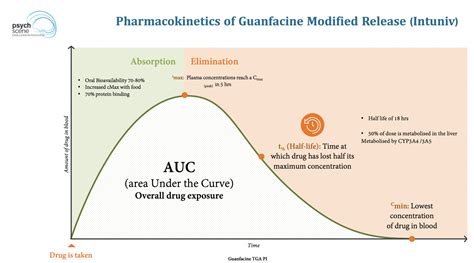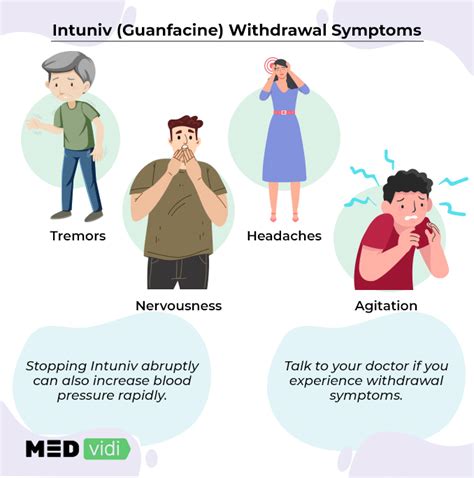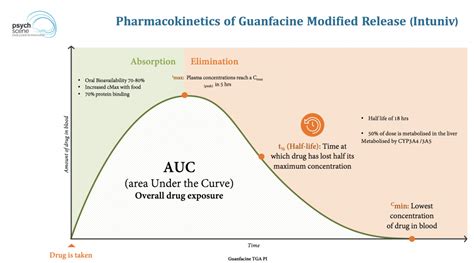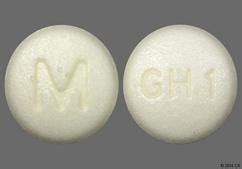Intro
Discover the potential Guanfacine side effects, including anxiety, insomnia, and drowsiness, in this comprehensive guide, exploring dosage, interactions, and management of adverse reactions for ADHD and hypertension treatment.
Guanfacine is a medication that has been widely used to treat attention deficit hyperactivity disorder (ADHD) and high blood pressure. It belongs to a class of medications known as alpha-2 adrenergic agonists, which work by stimulating certain receptors in the brain to produce a calming effect. While guanfacine can be an effective treatment for many people, it can also cause a range of side effects. In this article, we will explore the potential side effects of guanfacine, how to manage them, and what to expect when taking this medication.
The importance of understanding the side effects of guanfacine cannot be overstated. By being aware of the potential risks and benefits of this medication, individuals can make informed decisions about their treatment and take steps to minimize any negative effects. Additionally, healthcare providers can use this information to monitor their patients' progress and adjust their treatment plans as needed. Whether you are considering taking guanfacine for the first time or have been using it for a while, it is essential to stay informed about the potential side effects and how to manage them.
Guanfacine has been shown to be a valuable treatment option for many people, particularly those with ADHD. It can help to improve focus, attention, and impulse control, while also reducing symptoms of anxiety and stress. However, like all medications, guanfacine is not without its risks. Common side effects include drowsiness, fatigue, and dry mouth, while more serious side effects can include changes in blood pressure, heart rate, and liver function. By understanding the potential side effects of guanfacine and how to manage them, individuals can get the most out of their treatment and minimize any negative effects.
Guanfacine Side Effects Overview

Common Guanfacine Side Effects
The most common side effects of guanfacine include: * Drowsiness * Fatigue * Dry mouth * Dizziness * Headache * Nausea * Vomiting * Constipation * Abdominal pain These side effects are usually mild and temporary, and they may resolve on their own within a few days of starting treatment. However, if you experience any of these side effects and they are severe or persistent, you should contact your healthcare provider for advice.Guanfacine Mechanism of Action

Guanfacine Dosage and Administration
Guanfacine is available in tablet form and is usually taken once daily, in the morning. The dosage of guanfacine will depend on the individual's response to the medication and their medical history. The recommended starting dose for adults is 1 mg per day, which can be increased to a maximum of 3 mg per day. For children, the recommended starting dose is 0.5 mg per day, which can be increased to a maximum of 2 mg per day. It is essential to follow the dosage instructions provided by your healthcare provider and to take the medication exactly as directed.Guanfacine Benefits and Risks

Guanfacine Interactions
Guanfacine can interact with other medications, including: * Blood thinners, such as warfarin * Diuretics, such as furosemide * Beta blockers, such as propranolol * Calcium channel blockers, such as verapamil It is essential to inform your healthcare provider of all medications you are taking, including prescription and over-the-counter medications, before starting treatment with guanfacine.Guanfacine Warnings and Precautions

Guanfacine Contraindications
Guanfacine is contraindicated in individuals with: * Hypersensitivity to guanfacine or any of its ingredients * Severe hepatic impairment * Severe renal impairment * Pregnancy and breastfeeding: Guanfacine should be used with caution in pregnant and breastfeeding women, as it can pass into the fetus and breast milk.Guanfacine Overdose

Guanfacine Withdrawal
Guanfacine can cause withdrawal symptoms when stopped suddenly, including: * Anxiety * Insomnia * Agitation * Irritability * Headache * Nausea * Vomiting It is essential to taper off guanfacine gradually under the guidance of a healthcare provider to minimize the risk of withdrawal symptoms.Guanfacine Alternatives

Guanfacine Patient Assistance Programs
There are several patient assistance programs available for individuals who cannot afford guanfacine, including: * Manufacturer-sponsored programs * Government-sponsored programs * Non-profit organizations It is essential to research and explore these options to determine the best course of action for your individual needs.What is guanfacine used for?
+Guanfacine is used to treat attention deficit hyperactivity disorder (ADHD) and high blood pressure.
What are the common side effects of guanfacine?
+The common side effects of guanfacine include drowsiness, fatigue, dry mouth, dizziness, headache, nausea, vomiting, constipation, and abdominal pain.
Can guanfacine be used in children?
+Yes, guanfacine can be used in children, but the dosage and administration will depend on the individual child's response to the medication and their medical history.
Can guanfacine be used in pregnant and breastfeeding women?
+Guanfacine should be used with caution in pregnant and breastfeeding women, as it can pass into the fetus and breast milk.
What are the alternatives to guanfacine?
+There are several alternatives to guanfacine, including other alpha-2 adrenergic agonists, stimulants, non-stimulants, and behavioral therapies.
In conclusion, guanfacine is a medication that can be used to treat ADHD and high blood pressure. While it can be effective, it can also cause a range of side effects, from mild to severe. It is essential to be aware of the potential benefits and risks of guanfacine and to discuss any concerns with your healthcare provider. By understanding the potential side effects of guanfacine and how to manage them, individuals can get the most out of their treatment and minimize any negative effects. If you have any questions or concerns about guanfacine, please do not hesitate to comment below or share this article with others who may be interested.
